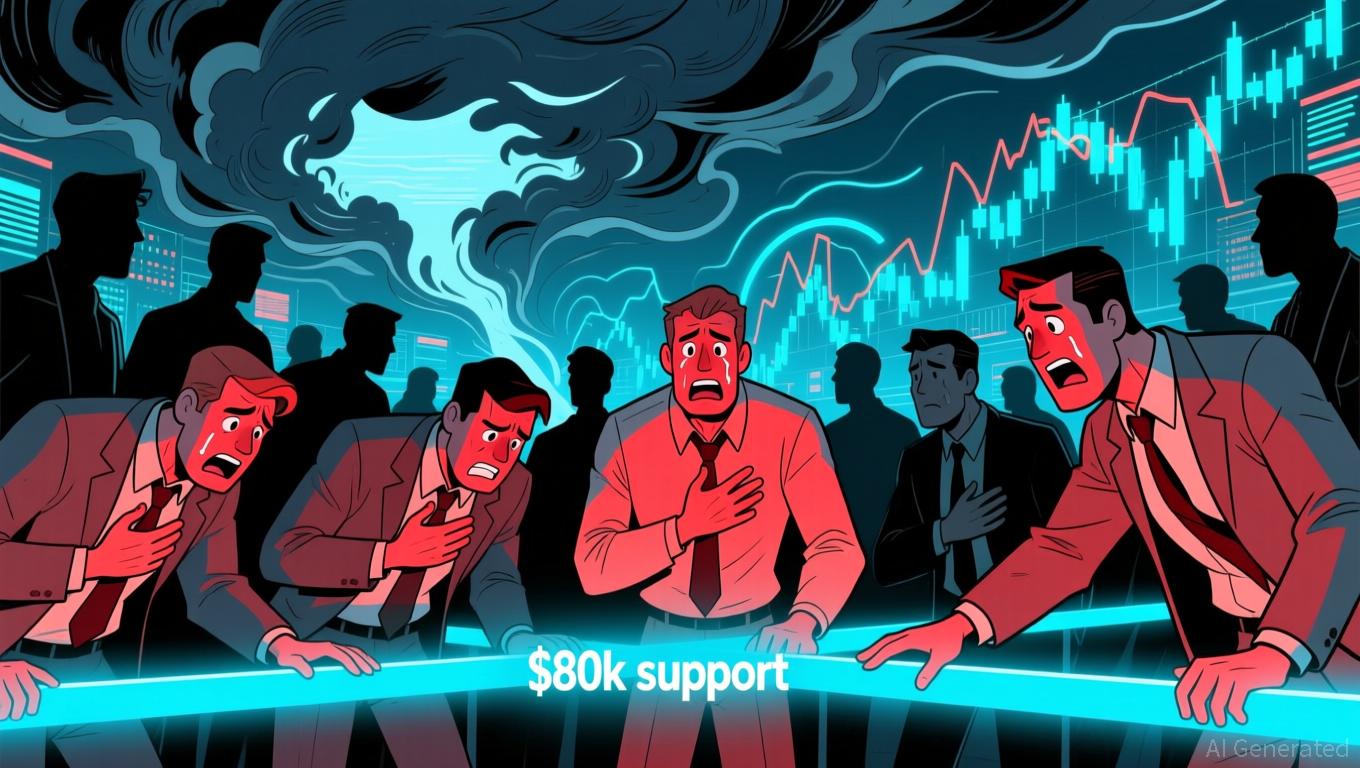The AI boom of 2025 may be reaching frenzied heights, according to a striking post from Bravo Research on X.
Using Google search trends, the post draws a sharp comparison between today’s AI mania and two of the most infamous speculative episodes in recent history: the 2005 housing bubble and the 2017 Bitcoin rally.
Sponsored
The chart shows striking parallels in timing and enthusiasm. August 2005 marked the beginning of the housing market downturn, December 2017 saw Bitcoin enter a dramatic 80% drawdown, and today, AI-related searches in 2025 are already surpassing the peaks seen during those previous bubbles, suggesting public excitement may be reaching historically dangerous levels.
The post also refers to Michael Burry, the famed investor behind The Big Short, who has disclosed very large put‑option positions against Nvidia (NVDA) and Palantir (PLTR), signaling his belief that the current AI rally may be overheated.
According to his hedge fund Scion Asset Management, the notional value of these puts is approximately $912 million on Palantir and $186 million on Nvidia, based on Q3 filings .
Burry first sounded the alarm in a post on X, writing: “Sometimes, we see bubbles … Sometimes, the only winning move is not to play.”
Palantir CEO Alex Karp strongly pushed back, calling Burry’s short bet “crazy” in a CNBC interview. He defended Palantir’s business model and earnings strength, emphasizing long-term customer contracts.
And while Burry’s position has drawn significant criticism, the investor signaled he was re-entering the public conversation.
In a post on X, he drew a clear line between past bubbles and today’s AI surge, recalling how the San Francisco Chronicle reported he was shorting Amazon at the peak of the dot-com boom in 2000, and how Fed Chair Alan Greenspan dismissed concerns about a housing bubble in 2005 just before the crash.
He then pointed to Fed Chair Jerome Powell’s 2025 comment that AI companies were “actually profitable,” casting it as another example of official reassurance preceding potential trouble. Burry said he had questioned whether to return to public commentary, but announced he was back — and urged others to pay attention.
Why This Matters
Michael Burry’s more than $1 billion short against Nvidia and Palantir goes beyond contrarian noise, challenging how AI companies account for their costly infrastructure. Whether he’s early or right remains uncertain, but his bet has already intensified scrutiny of risk and valuations across the AI sector.
Dig into DailyCoin’s popular crypto news today:
Is This the Bottom? Bitcoin Steadies After 7-Month Low
Stellar’s Falling Wedge Deja Vu: Can XLM Double Up Again?
People Also Ask:
Michael Burry is an American investor best known for predicting the 2008 housing market collapse, portrayed in The Big Short. His market calls often influence investor sentiment.
Burry has a track record of identifying speculative excess. His caution around AI stocks signals that valuations may have outpaced fundamentals.
An AI bubble refers to inflated valuations in companies tied to artificial intelligence, driven more by hype than sustainable revenue or profitability.
Tech valuations often depend on future growth expectations. When sentiment shifts, high-multiple stocks can see sharper corrections.
Parabolic price moves, extreme price-to-earnings multiples, heavy retail inflows, and concentration in a few mega-cap names often signal overheating.

